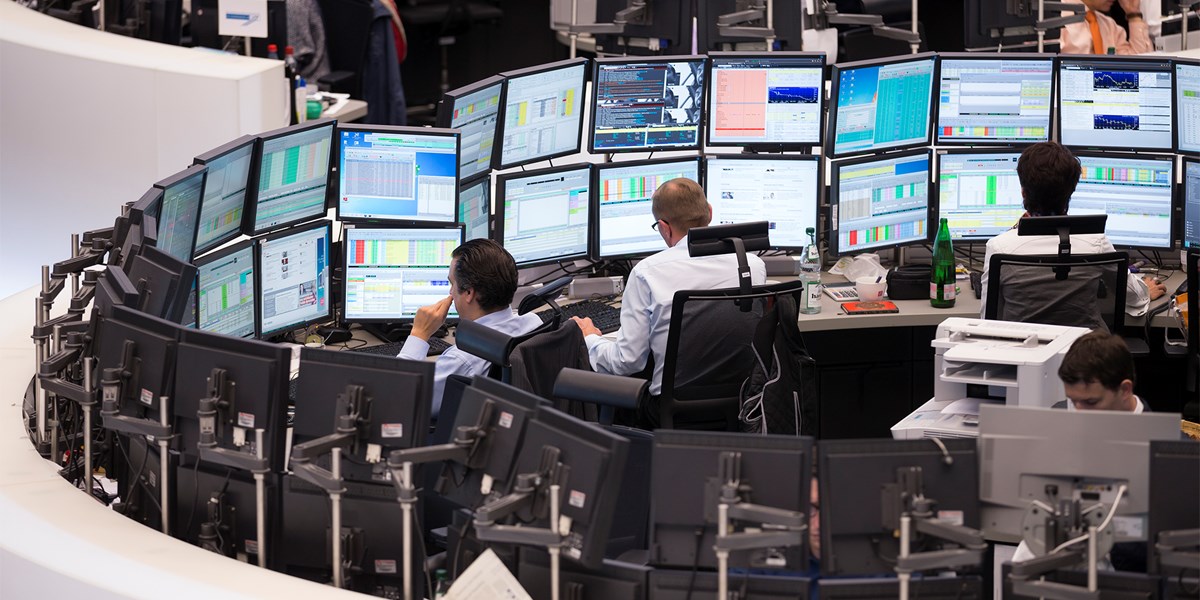It's one thing to be buried with your (already deceased) dog. It's another thing to have your pet put to...
Bitcoin price surged today and exceeded $61,000 after strange information emerged about the US labor market. What happened? Job growth...
Cristiano Ronaldo continues to be a phenomenon: on the pitch, but also away from it. As a player, he already...
In today’s age, where “hands at the bedside” are becoming increasingly rare – and technology and digitalisation are already playing...
User Rating: 5 / 5 If predictions and forecasts come true, a beautiful comet could appear in the starry sky...
(APMFN-Dow Jones) European stock markets are heading for a higher open on Wednesday. In the coming days, the minutes of...
In a step towards closer cooperation, China and the US have agreed to appoint contact persons responsible for managing future...
Image credits: Beer in Space, Generative AI, DALL-E How does brewer's yeast behave in space? I went with this question...
The word “shutdown” is perhaps the most beloved and feared word in Formula 1. During the summer break, teams are...
China’s oil imports from Russia, its biggest supplier, fell 7.4 percent in July from a year earlier. Total Russian oil...










